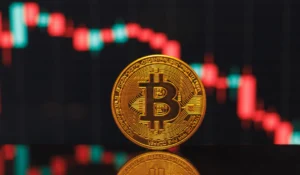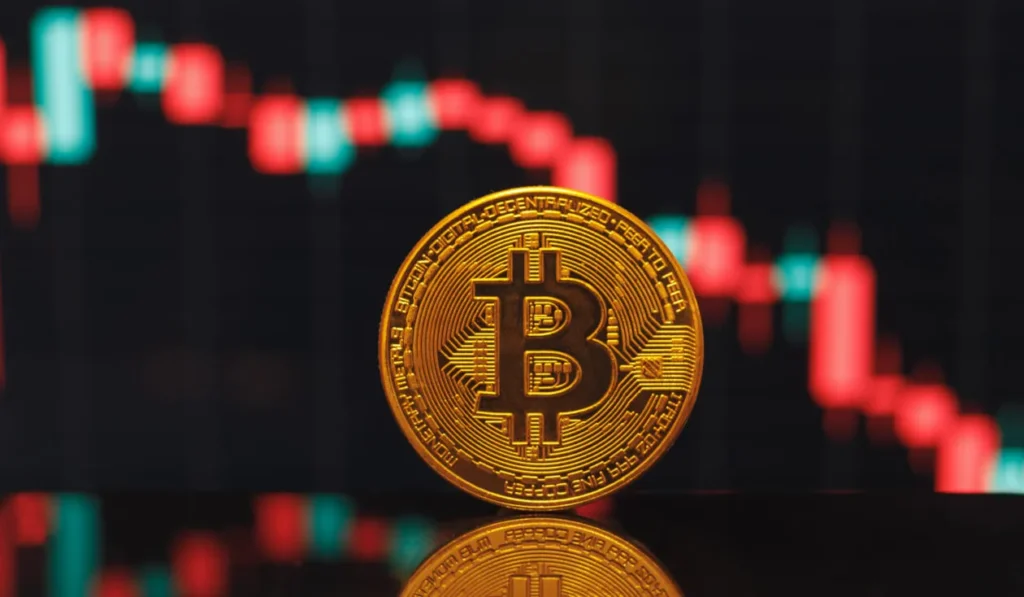EUR/USD Rises as US Dollar Struggles Under Tariff Pressures and Fed Uncertainty
In recent trading sessions, the EUR/USD pair has seen a notable rise as the US dollar faces downward pressure due to ongoing tariff tensions and increasing uncertainty surrounding the Federal Reserve’s monetary policy. Investors and analysts are keenly observing these dynamics as they unfold, impacting the forex markets and broader financial landscapes.
Impact of Tariff Tensions
The US government’s persistent use of tariffs as a tool in its international trade negotiations continues to rattle investors. The imposition of tariffs on various trading partners not only affects the domestic economy by increasing the cost of goods and potentially slowing consumer spending but also creates a ripple effect throughout global trade structures. Such policies have led investors to worry about long-term economic impacts, leading to decreased confidence in the strength of the US dollar.
The Euro has capitalized on this situation, seeing gains as the dollar weakens. Europe, while also impacted by global trade issues, has managed to navigate the currents somewhat more smoothly, with the European Central Bank (ECB) maintaining a relatively stable policy environment compared to the turbulence seen in the US.
Federal Reserve Uncertainty
Adding to the dollar’s troubles is the uncertainty surrounding the Federal Reserve’s next moves. With mixed signals from economic data, analysts find it challenging to predict whether the Fed will increase rates, hold them steady, or even cut them in the near future. Recent statements from Fed officials have done little to clarify the direction, with some pointing towards possible rate cuts if economic conditions worsen, while others emphasize the need to wait for more robust data.
This uncertainty has led to volatility in investor expectations and bond markets, further placing pressure on the US dollar. As the Fed deliberates on how best to support the US economy amid both domestic and global challenges, the ambiguity continues to undermine the strength of the dollar.
EUR/USD Trading Dynamics
The EUR/USD pair has responded to these complexities by moving higher, breaking past key resistance levels. Forex traders are closely monitoring this development, considering how shifts in policy or global economic indicators might influence this trend. The increase in EUR/USD is also a reflection of broader market sentiment that favors the Euro in the face of dollar instability.
What to Watch For
Investors and market analysts will be paying close attention to upcoming economic data releases from both the US and the Eurozone. Particular attention will be on consumer indices, employment data, and manufacturing outputs. Any signs of weakness in the US economy could lead to further drops in the dollar, potentially pushing EUR/USD higher.
Moreover, political developments, especially those related to trade, will continue to play a crucial role. Any escalation in trade tensions or tariffs could add to the dollar’s woes, while any resolution or easing of such issues could help stabilize and possibly strengthen the beleaguered currency.
Conclusion
As the forex market continues to digest the interplay between US tariff policies and Federal Reserve uncertainty, the EUR/USD pair may experience more volatility. For now, the trend appears to favor the Euro, but external factors, including economic indicators and geopolitical developments, will undoubtedly influence future movements. Investors should remain vigilant and prepared to adjust strategies based on the evolving economic landscape.
🟣 Bpaynews Analysis
This update on USD Struggles Under Tariff Pressures as EUR/USD Rises Amid Fed… sits inside the Forex News narrative we have been tracking on November 5, 2025. Our editorial view is that the market will reward projects/sides that can show real user activity and liquidity depth, not only headlines.
For Google/News signals: this piece adds context on why it matters now, how it relates to recent on-chain moves, and what traders should watch in the next 24–72 hours (volume spikes, funding rates, listing/speculation, or regulatory remarks).
Editorial note: Bpaynews republishes and rewrites global crypto/fintech headlines, but every post carries an added value paragraph so it isn’t a 1:1 copy of the source.
















